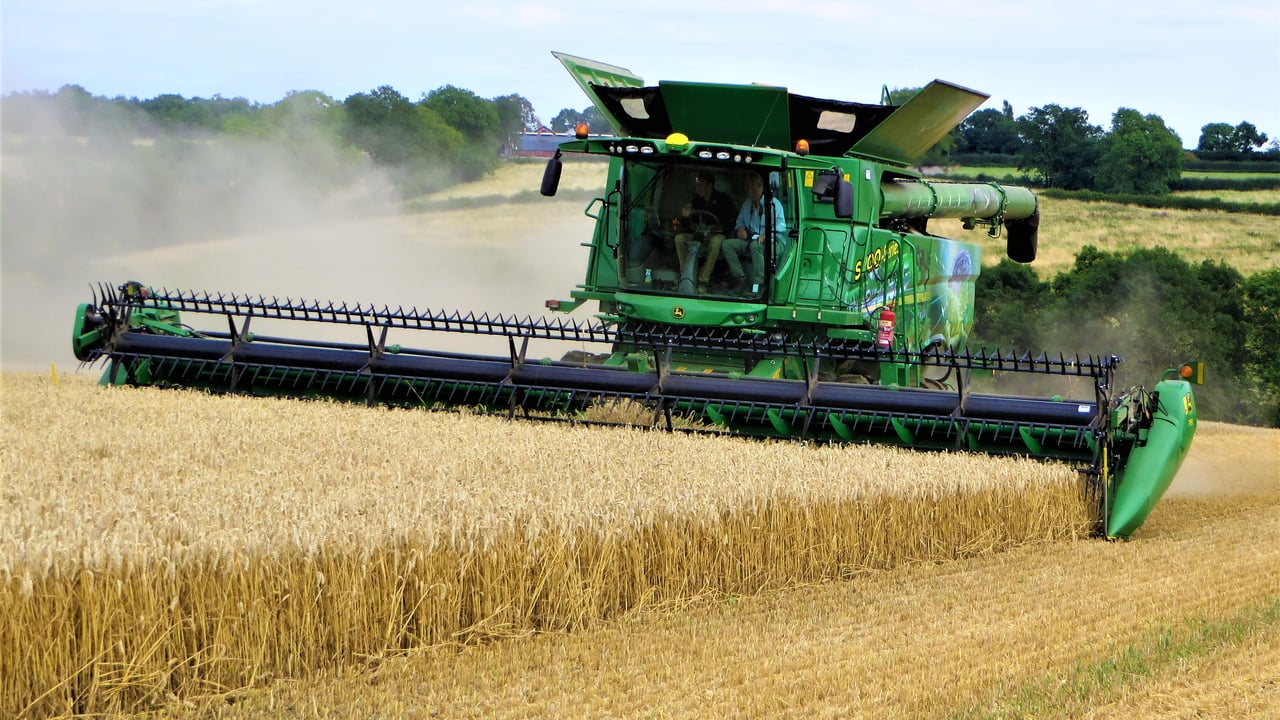National Tillage Conference to address role of carbon in tillage
Teagasc’s 2025 National Tillage Conference takes place on Wednesday next (January 29) in the Lyrath Hotel on the outskirts of Kilkenny city.
The event takes place at a time of mounting expectation within the tillage sector.
All the political parties making up the new government have highlighted the significance of crop production from both a food production and environmental sustainability perspective.
According to conference organiser, Ewen Mullins, the itinerary drawn up reflects the breadth of tillage research now underway within Teagasc in ways that have a direct bearing on farming businesses in the here and now.
The mix of formal presentations and workshops will also provide attending delegates with an opportunity to participate in a proactive manner.
The role of carbon within tillage systems will be one of the key themes addressed at the conference.
Ewen Mullin said: “We know that soils represent very large carbon stores. And sequestration of carbon from the atmosphere takes place all the time. However, the build up of carbon within soils takes place on a gradual basis."
“But there is also clear evidence to show carbon can escape from soils quite easily. So, carbon management within tillage systems must be carefully assessed.”
He added: "Using cover crops to improve water quality in catchment areas will be another of the important themes profiled at the conference."
All tillage farmers know that they must add value to the crops they grow. Recent Teagasc research has addressed the challenge of reducing the mycotoxins load within crops of food grade oats.
Where protein crops are concerned, the upcoming conference will focus on the benefits to be gained by inter-cropping peas with beans.
Mullins said: "Pea crops have a tendency to lodge. However, if inter-cropped with beans, they can attach themselves to the stronger and more rigid stalks of the accompanying legume.
“The principle of inter-cropping works well, provided that a later maturing variety of pea is mixed with an early maturing variety of bean.”
He continued: “Both legumes are planted out and harvested at the same time. The trick is having both legumes reach full maturity at the same time.
“Teagasc research has looked at initial seed rate mixtures and the agronomy associated with the growing of the combined crop," Mullins said.
Meanwhile, a large turnout of delegates is expected for the upcoming conference. Registration continues until Monday of next week (January 27).





